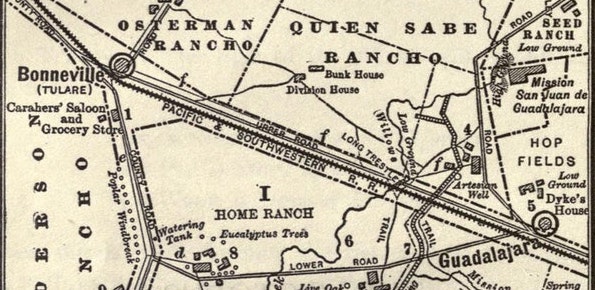
The Stock Ticker in the Garden: The Octopus, American Literary Naturalism, and Capitalocene Aesthetics
This essay argues that American literary naturalism engages with the Anthropocene at the moment it began to be visible, the turn of the twentieth century, and specifically identifies the role of finance in precipitating the crisis. Frank Norris’s The Octopus (1901) and The Pit (1903) offer a case study of a naturalist Capitalocene aesthetics, one capable of capturing global capitalism’s destructive planetary agency. As a student at the University of California at Berkeley, Frank Norris was exposed to Joseph LeConte’s influential theory of the Psychozoic era, a proto-Anthropocene theory from 1877 that named a new unit of geologic time in light of humanity’s status as a transformative planetary force. Norris adapted this theory into a critique of a rapidly globalizing capitalism’s effects on the planet and the natural world, particularly the structures of agricultural capitalism in which complex financial transactions led to destructive wheat monocultures. This critique anticipated the Capitalocene, a contemporary offshoot of the Anthropocene theory arguing that capitalism (rather than humanity per se) is responsible for the present planetary crisis. The vehicle of Norris’s critique is his multimedia landscape descriptions, which invoke and subvert Romantic landscape aesthetics through painterly language and visual paradox. At the center of this aesthetics is a contradiction in individual and collective agency that is also central to life and art in the Capitalocene: confronted with an anthropogenic landscape that is both destroyed and made sublime by the structures of capitalism, individual viewers both feel powerless in the face of the force it represents and feel themselves implicated in its creation, despite different levels of responsibility.